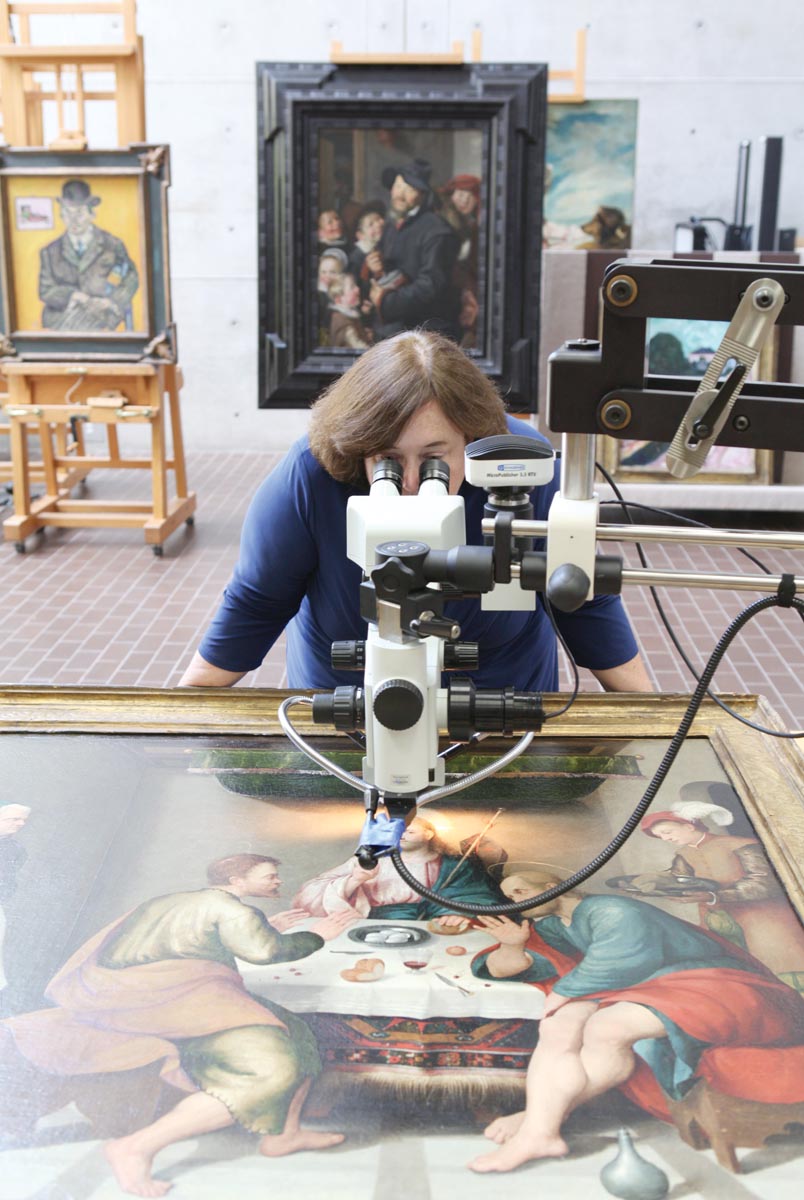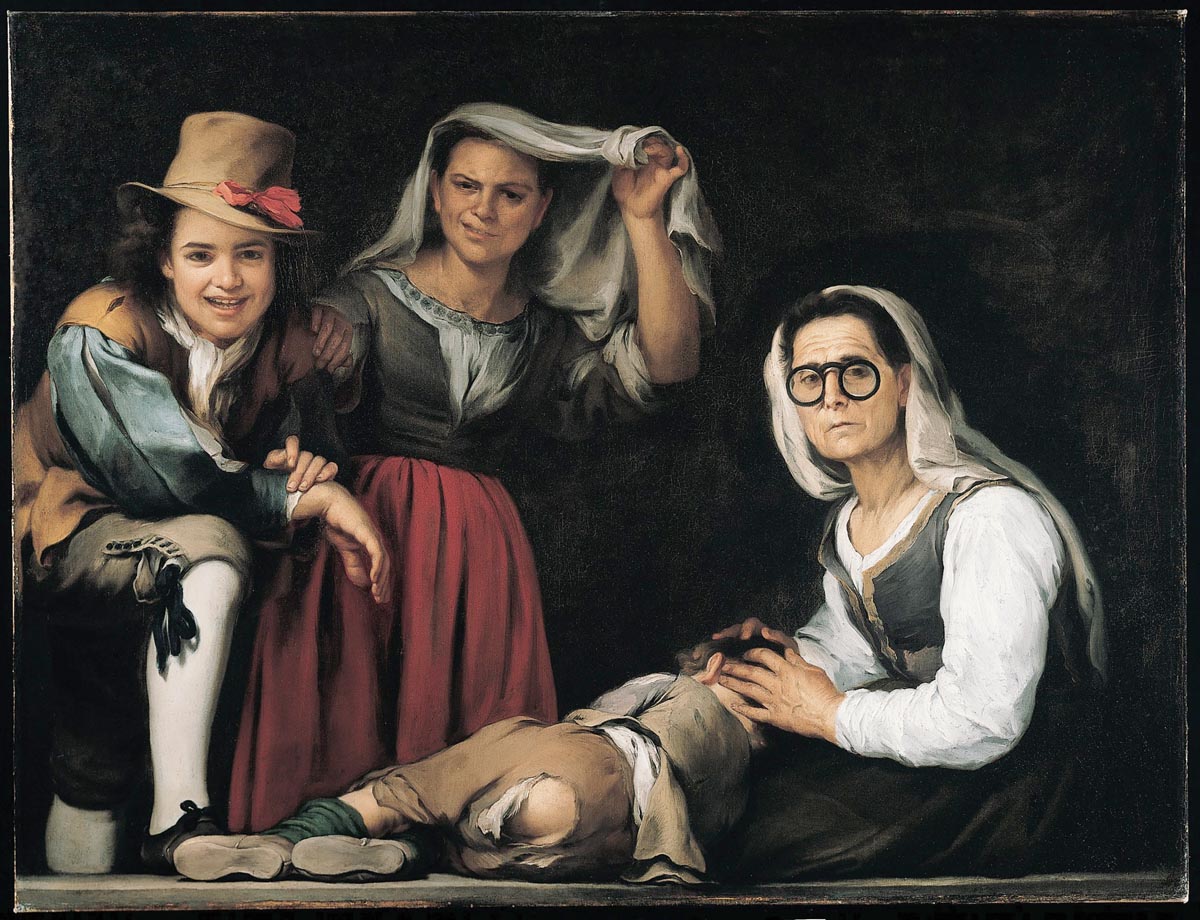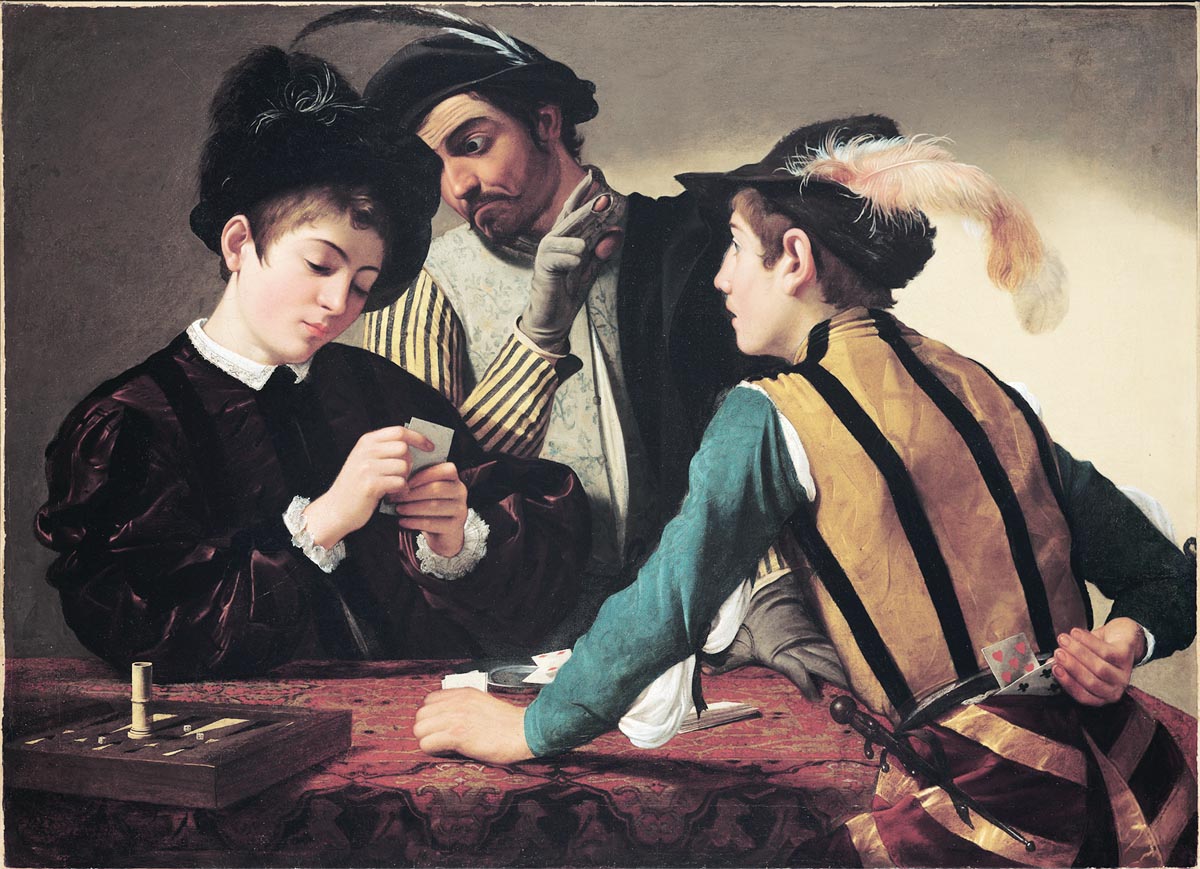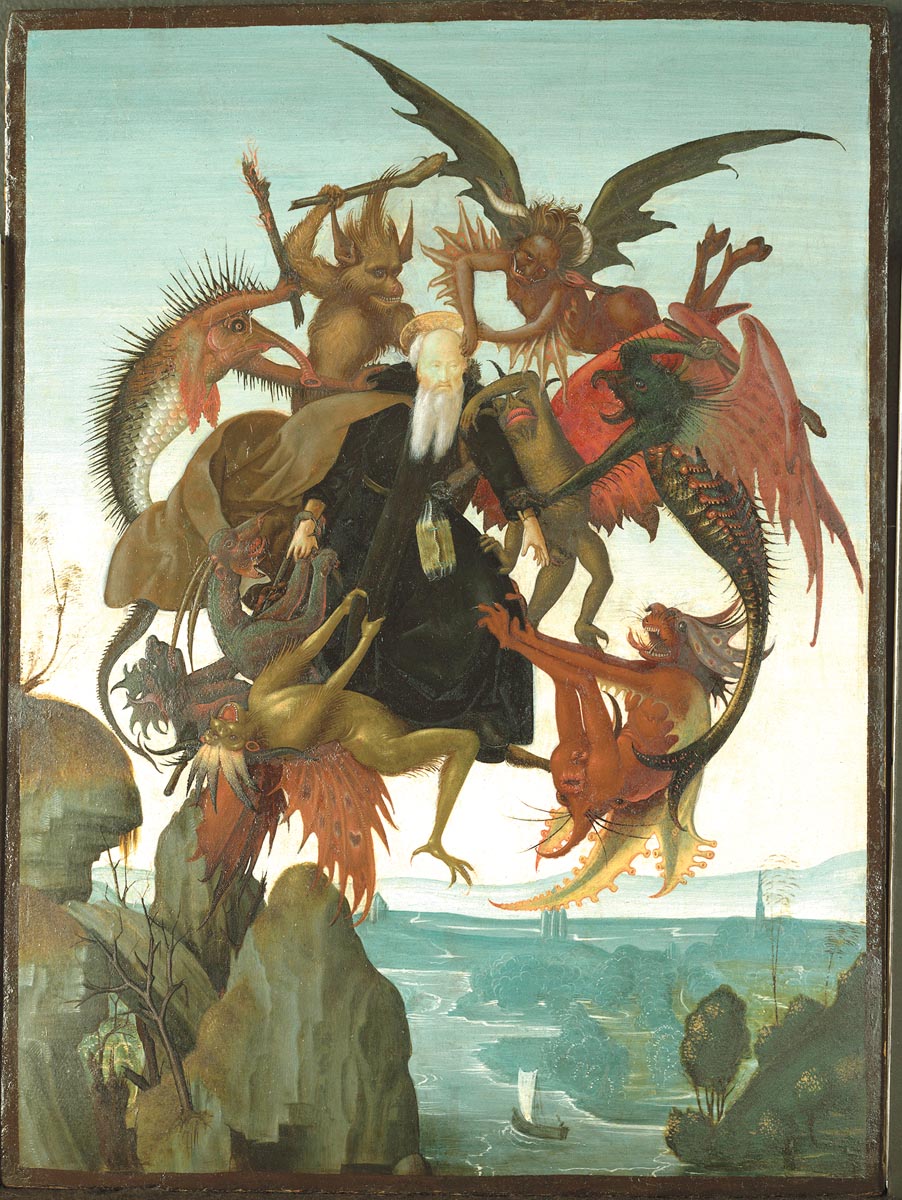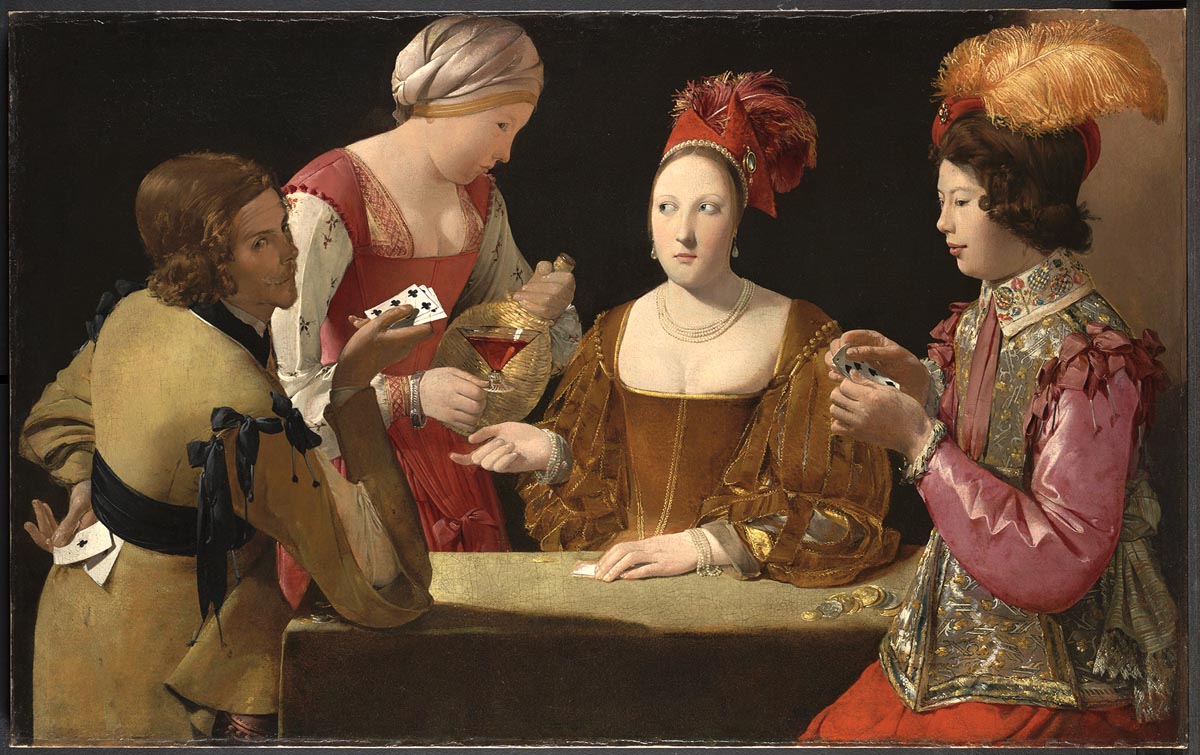
Art History
By Babs Rodriguez
Photos by Ron Jenkins
The Kimbell Art Museum’s director of conservation bids farewell to a full-time job that established her as one of the best in the business. With consulting in her future, Claire Barry looks forward to more free time, more travel and, yes, more museum visits.
In one way or another, the Mona Lisa has influenced many an art career. But it was X-rays of the enigmatic lady that focused Claire Barry on the path to becoming director of conservation at the Kimbell Art Museum. Thirty-plus years on, art still speaks to her, but it was the siren calls of the science that allowed her to look into a painting’s soul that ensnared her.
“I was always drawn to art,” she says. “And growing up in a Chicago suburb, there were frequent visits to the Art Institute.” By the time she enrolled at Ohio’s Oberlin College, Barry knew she wanted to study art history. “But at the time, I had no idea where it would lead.”
The second semester of her freshman year, a new program presented an opportunity to study in France. “I’d studied French, and I thought, ‘Why not go now?’” While taking courses in each of the departments at the Louvre, she got the technology-enhanced look at the Mona Lisa — and discovered the draw of art conservation. “I was fascinated by the idea that the Mona Lisa was more than an iconic image. It was also a physical object made from a wood panel, ground, paint layers and varnish. Its appearance was not only influenced by the artist’s genius, but also its history and condition. I remember walking out of the museum that day and thinking, ‘That is what I am going to do.’ ”
Courses in art history, studio art and chemistry fine-tuned her interest and prepared her for graduate school in art conservation. She attended a program in Cooperstown, New York, founded by pioneer American conservators Sheldon and Caroline Keck. For her third year of study, she was awarded an internship under renowned conservator John Brealey at the Metropolitan Museum of Art, where Barry discovered another dimension to restoration work. “Although I loved the hands-on work of conserving paintings, I wanted more.” The integrated, collaborative approach to teaching and learning at the Met filled the bill. It also had a terrifying component. Much like a resident physician during hospital rounds, each student conservator was expected to introduce and discuss their “patients” throughout the course of treatment. Assured that she would soon become comfortable “talking in front of a painting,” Barry couldn’t imagine that day.
“I was incredibly shy. I remember envisioning a thought bubble over my head that said: ‘That won’t be me.’ But it wasn’t long before I came to love the interaction with fellow conservators, curators, scientists and visiting scholars. It was such a stimulating learning environment.” Soon, it was time to get a job.
“Happily, I had some choices,” she says. It is an understatement. The Met, the Fine Arts Museums of San Francisco and the Kimbell Art Museum were all interested in the young conservator.
“Each job was highly attractive for different reasons, but I had seen the paintings the Kimbell was acquiring. It was a small but very ambitious museum, with the highest standards, and I couldn’t get it out of my mind. I saw the tremendous potential there and the opportunity to develop the conservation department. I decided on the path less taken.”
It was not a decision made without trepidation. “Oh, I was apprehensive,” Barry says. A good friend’s husband made things easier. “James Maroney was an American art dealer who had sold key paintings to the Amon Carter. He said, ‘Fort Worth is fantastic. You should go.’ I said I didn’t know anybody.” He created a short list of people working at the Amon Carter Museum of American Art and the Kimbell whom he thought Barry should get to know. She smiles at the memory. “I still have that list.”
Upon her arrival at the Kimbell in 1985, Barry was assigned the dream job of setting up the museum’s natural light-filled, vaulted conservation studio designed by architect Louis I. Kahn. But while the environment and high voltage art were mesmerizing, Barry felt the itch to go back to New York. After five years, she returned to the apartment she had kept in the city and became a private conservator. To her delight, she found her services were still in demand at the Kimbell, the Carter and Dallas’ Meadows Museum. “It was the best of both worlds. Through my private work, I stayed connected to Texas as well as New York.”
In 1992, Ted Pillsbury called. Then the director of the Kimbell, he wanted Barry to return to develop a joint conservation program with the Amon Carter. The woman who never wants to stop learning couldn’t say no. This also presented the opportunity to expand the department. “I sought to hire the best of the best young conservators. Because of the quality of the Kimbell’s collection and the paintings being acquired, I was able to attract very talented conservators to the museum. The position became the first job for a select group of conservators who eventually went on to leadership positions at the Metropolitan Museum of Art, Fine Arts Museums of San Francisco, Princeton University Art Museum and the Brooklyn Museum.”
Barry has worked on paintings by Titian, Gauguin, Matisse and Tintoretto, to drop a few big names. And her interest in technical studies led to the acquisition of a camera for infrared reflectography and an X-ray fluorescence (XRF) scanner — facilitating discoveries hidden within the layers of paint. Transmitted light infrared reflectography revealed an earlier version of Matisse’s L’Asie hidden beneath the surface, and XRF showed an unexpected red underpainting in Murillo’s Four Figures on a Step.
Barry’s promotion of the Kimbell as a center for conservation and cutting-edge research is lauded by director Eric M. Lee as key to the museum’s reputation. Which is not to underplay the importance of Barry’s consultation during the acquisition of masterpieces such as Michelangelo’s The Torment of Saint Anthony and Caravaggio’s
The Cardsharps.
Big-ticket art aside, Barry has long valued the involvement at every level that comes with working at a small institution. She says there is not a typical day in what she calls “project-driven work.” In addition to the ongoing examination and treatment of paintings, art must be studied during the installation and breakdown of exhibitions. Pending-acquisition announcements create restoration deadlines, as do the publications to which Barry contributes technical studies.
Unsurprisingly, free time includes frequent museum visits. Barry’s self-imposed rules for such outings: Wear comfortable shoes and bring a magnifying headband loupe, an apparatus she dons with only a little self-consciousness. “I enjoy seeing the details, techniques and the condition as up close as possible. It is an ongoing learning process and a way of adding to my visual databank. But you have to be careful to keep a safe, respectable distance from the paintings — you can scare the guards.”
There will be more disconcerted museum personnel in her future. Barry’s March 31 retirement opened her schedule. And the world traveler would like to return to Russia and spend more time in Italy and China. She has India and Egypt on her wish list, too, as she is interested also in antiquities. There is a plan to visit more buildings by Kahn, especially residences. “I keep a book on my desk of houses that he’s designed.”
Art remains her biggest passion, even at home. “I don’t collect in a capital ‘C’ way; I buy what I like, what I discover around me and what I enjoy living with.” In that way, she has become an unintended collector of contemporary Texas art, including works by Helen Altman, Julie Bozzi, Vernon Fisher, Scott and Stuart Gentling, Kirk Hayes, Cindi Holt, Sedrick Huckaby, Matt Kleberg, Bill Komodore , Robert McAn (who also works at the Kimbell) and Dan Rizzie.
Now the Kimbell’s director of conservation emerita, Barry says that even knowing she will continue to consult for the museum, the idea of retiring seemed daunting. “I reminded myself moving to Texas was scary at first and starting at the Met was also intimidating. Those experiences worked out beautifully — why not this? I believe this next step will, too. I look forward to a future defined by freedom over my schedule.”

